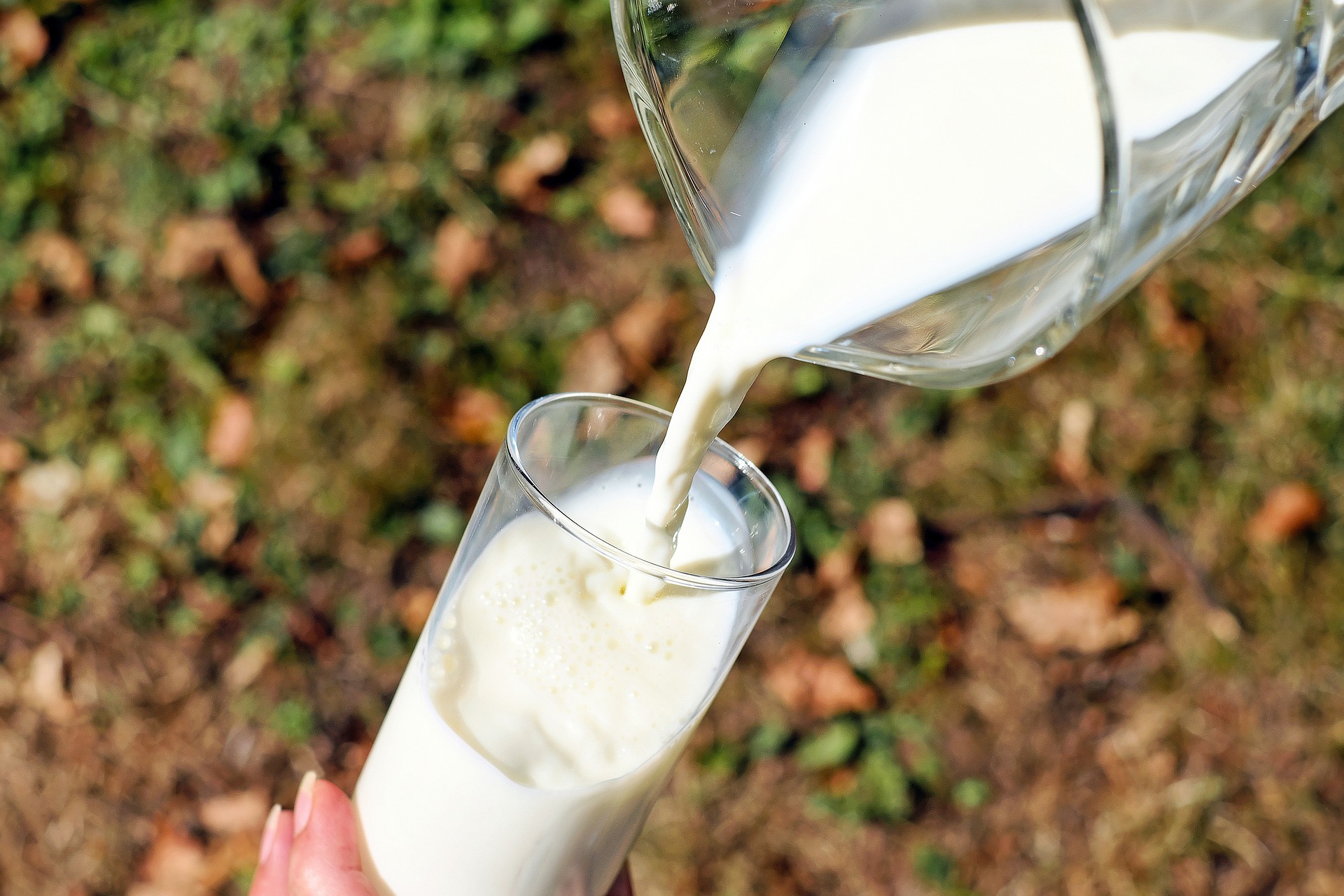The importance of pasteurising raw milk.
 Unpasteurised milk (raw milk), and other diary products which contain raw milk, can contain dangerous microorganisms, such as Salmonella, E. coli, Listeria and Campylobacter, which can cause serious illnesses. Milk is a highly nutritious food but also provides an ideal environment for microbial growth due to its high nutrient content, near neutral pH and high water activity. Raw milk has a very short shelf-life due to the presence of bacteria and enzymes. Pasteurisation makes it possible to distribute milk to the public and reduces the risk of consuming pathogenic bacteria. Raw milk, as secreted by healthy cows, generally contains low numbers of microorganisms (± ≤ 1000 total bacteria per ml). Microorganisms, whether pathogenic or not, can enter the raw milk either from the animal's teat or from other external contaminants including the animal's skin, soil, bedding, manure, milking equipment and during transport and storage. Therefore, collected raw milk can contain levels of a few to several thousands of bacteria per ml, depending on animal health and farm hygiene. The process of pasteurising is based on the simple fact that heat kills microorganisms. Pasteurisation is a process that heats a food product to a certain temperature for a certain amount of time. Milk is typically pasteurised at 72°C for 15 seconds, known as 'High Temperature Short Time' (HTST) or at 135°C for 2-5 seconds, known as 'Ultra-High Temperature' (UHT). This type of processing does not have any significant negative effect on the nutritional quality of milk. The heat treatment during pasteurisation does not affect mineral content, carbohydrates or fats. With regards to proteins, caseins are heat stable and are thus not affected. Whey proteins are not affected by HTST but UHT temperatures have shown to cause some damage to the heat sensitive amino acids of whey proteins but does not have an overall significant effect on protein quality. There is a small reduction of some vitamins due to their sensitivity to heat during pasteurisation. Vitamin B1 is typically reduced from 0.45 to 0.42 mg/L, vitamin B12 from 3.0 to 2.7 μg/L and vitamin C from 2.0 to 1.8 mg/L. Other vitamins, such as B2, B3, B5, folic acid, A, D, E, K are not significantly affected. Pasteurisation also inactivates some enzymes present in milk which are sensitive to heat. This helps to extend the shelf-life of the milk as some enzymes cause degradation of the milk. For example, the enzyme lipase degrades fats, resulting in off odours and flavours. On the other hand, the enzyme lactoperoxidase is heat-stable and is not destroyed during pasteurisation. The enzymes present in milk do not make a major contribution to the digestion of milk, as they are not the same enzymes used by humans required to digest the major components of milk; which are complex sugars, fats and proteins. These enzymes which digest the components of milk are naturally present in the human stomach and small intestine. Those who are lactose intolerant, do not make enough of the enzyme lactase which is needed to digest lactose and thus the side effects of indigestion occur.
Learn more about the pasteurisation process:
| 
